Dialogues: Andrew Bick and Prunella Clough
Hales is delighted to present Dialogues: Andrew Bick and Prunella Clough — launching the first in a series of duo exhibitions which brings together artists in conversation across generations. This initial pairing situates Andrew Bick (b. 1963, Gloucestershire, UK) alongside Prunella Clough (b. 1919 London – d. 1999 London, UK) whose respective practices share a formal exploration of abstraction, material curiosity and a playfulness. In poetic investigations, Bick and Clough’s paintings have a rigorous geometry, physical layering and illusory depth. The exhibition centres on the legacy of British abstraction and the continued evolution of experimentation.
Bick’s paintings consist of endless permutations – at the core of the artist’s practice is a grid system, one he reproduces time and time again. In Bick’s view, new versions of the abstract, concrete and constructive, necessitate the repetition of banal information, leading to an unexpected conjuncture of word and image. His work is based on the belief that disruption within a system helps us relearn the process of paying attention. Clough’s works similarly encourages a close looking to the everyday, ‘to the capacity of the world itself to present us with never ending surprise, to show us again and again something different and new in the known and familiar.’[1]
Both artists explore the formal processes of painting and have a vast knowledge and appreciation of art history, tradition and innovation, all of which informs the work. Although based in serious pedagogy, Bick and Clough’s work have a real sense of explorative play and humour. Bick’s interest in the unreliability of geometry and gestural expression creates a restlessness and dynamism in the work. Freedom is created within sets of principles and structures, and the works are simultaneously precise yet unresolved, playful and thoughtful, transparent and opaque.
Parallel in their thinking, Clough and Bick make changes to their works — creating a palimpsest of marks, leaving traces in the slow process of layering and reworking. Clough ‘continues to play with the paint: stencilling, printing, scraping, veiling, obliterating.’[2] In Bick’s paintings an amalgamation of watercolour, oil paint, marker pen and encaustic are used to carefully block off areas, building the surface and composition, contrasting with casual-seeming brushstrokes and open areas of untouched support.
Works from Clough’s Subway series draw on rich references, the compositions of which have a graph-like pattern and evoke her work drawing graphs for the Office of War Information during World War II. Fascinated by the shadows cast by passing people on subway walls, she created several works on this theme, in cellulose paint on Formica tiling. These works tenderly evoke the fleeting moment and bodily presence of shadows. This elusiveness is echoed in Bick’s work, there a sense of never quite knowing, and an obscuring of information seen throughout the exhibition.
Bick received an MA in painting from the Chelsea School of Art in 1988 and has since shown extensively in Europe and the U.S. Bick lives and works in London. He was a research fellow at the Henry Moore Institute, Leeds, UK, 2007, was the recipient of the Premio Internazionale Fiar in 1992 and shortlisted for the NatWest Art Prize in 1999 and the Jerwood Painting Prize 1998. Selected exhibitions include Von Bartha, Basel, Switzerland; Bluecoat Liverpool, UK; Museum Haus Konstruktiv, Zurich, Switzerland; Stiftung Konzeptuelle Kunst, Soest, Germany; Kunstalle Palazzo, Liestal, Switzerland; Wilhelmshaven Kunsthalle, Germany; Niederrheinischer Kunstverein, Wesel, Germany; and Pizzuti Collection, US. Bick’s work can be found in numerous collections including the British Library UK; British Museum, UK; Victoria & Albert Museum, UK; New York Public Library, US; Yale Center for British Art, US; Goldman Sachs; UBS; Simmons & Simmons; Roche Art Collection, Basel; and Museum Haus Konstruktiv, Zurich, Switzerland.
Clough attended Chelsea School of Art in 1937, between 1939-1945 she worked in the Office of War Information, and from 1946-1949 she studied with Victor Pasmore at Camberwell School of Art. She lived and worked in London. In 1999, three months before her death at the age of 80, she won the prestigious Jerwood painting prize. In 2007 a major exhibition of her work was held at the Tate Britain. Clough’s work is collected widely and represented in major public galleries and museums around the world including Victoria and Albert Museum, London; Tate Gallery, London; British Museum, London; Museum of Modern Art, New York; Art Gallery of New South Wales, Australia; Scottish National Gallery of Art, Edinburgh; Walker Art Gallery, Liverpool; and Wakefield City Art Gallery, Yorkshire, among others. Annely Juda Fine Art worked closely with her throughout her life holding numerous exhibitions of her work and continues to do so, working with her estate.
-
[1] Gooding, M. Prunella Clough 50 Years of Making Art Annely Juda Fine Art: 2009
[2] Hill, E, Prunella Clough, Kettle’s Yard: 1999
![Andrew Bick, WWLAN [broken tree] #1, 2020-2024. Photo by Damian Griffiths](https://artlogic-res.cloudinary.com/w_800,h_800,c_limit,f_auto,fl_lossy,q_auto/ws-artlogicwebsite0652/usr/images/exhibitions/group_images_override/247/andrew-bick-wwlan-broken-tree-1-2020-2024-acrylic-oil-marker-pen-pencil-and-wax-medium-on-sewn-linen-65-x-55-x-2.6-cm-25-5_8-x-21-5_8-x-1-in-a_bic0287-photo-by-damian-griffiths_.jpg)

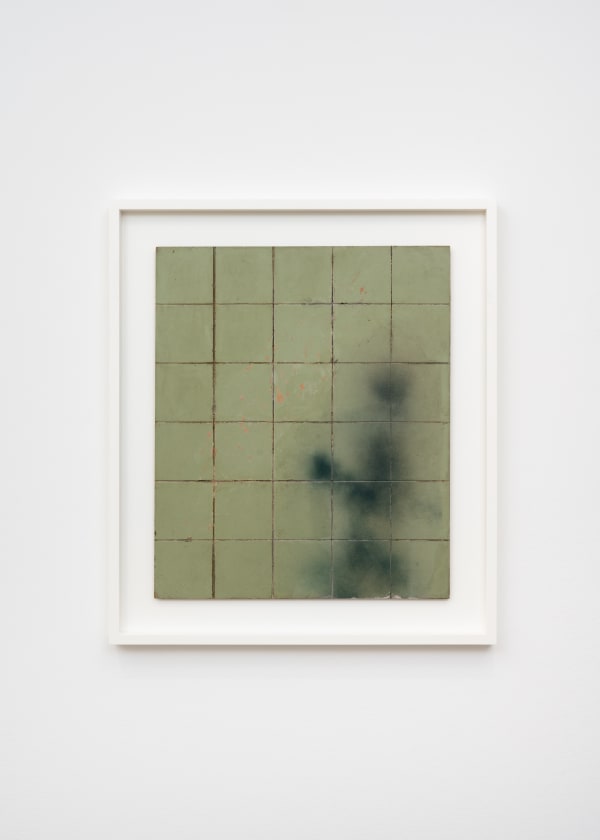

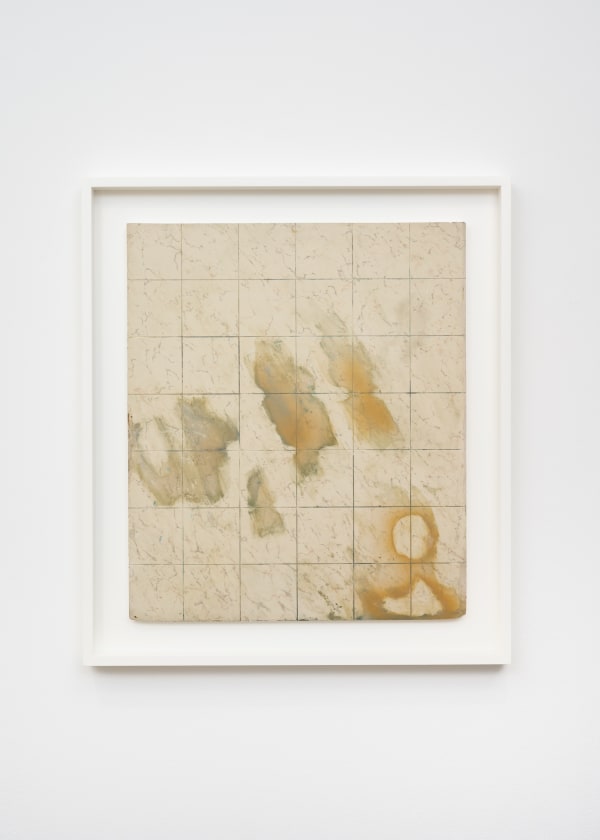

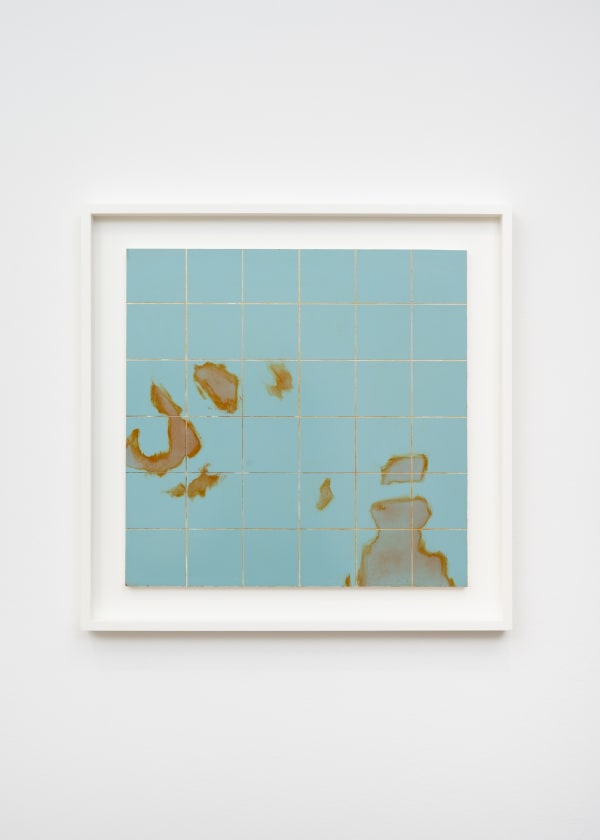


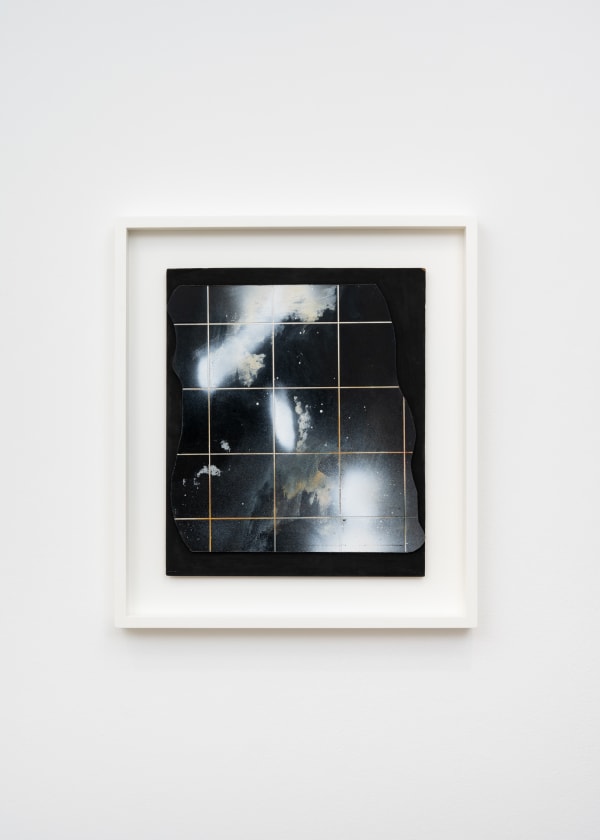


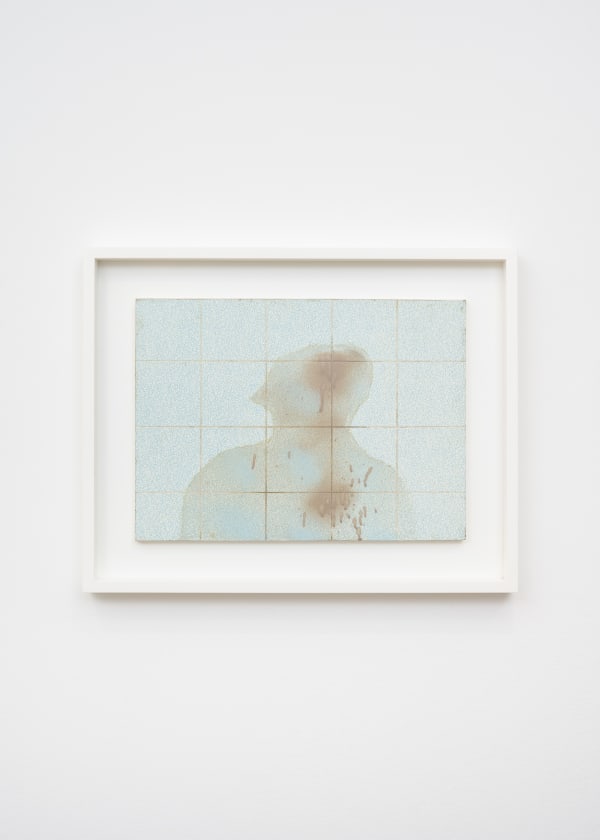

![Detail of Andrew Bick, OGVGGT [double echo], 2020](https://artlogic-res.cloudinary.com/w_50,h_50,c_fill,f_auto,fl_lossy,q_auto/ws-artlogicwebsite0652/usr/images/artists/artwork_image_for_artists_page/items/ce/ce3a28c2b85842ba97391f3e533097c3/bick.jpg)